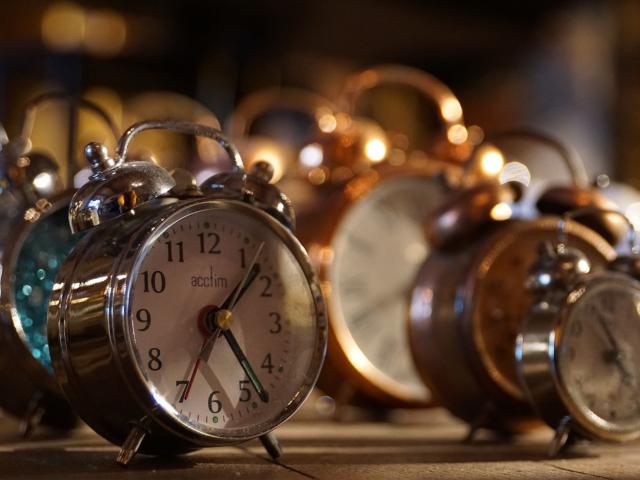Another summer has come and gone, and it's once again the time of year when we fall back an hour for daylight savings time.
This annual time shift has been in North America for well over a hundred years.
According to the Old Farmers Almanac, DST was widely adopted in 1918, around WW1 as an effort to conserve resources by operating in more daylight hours.
There was some pushback, mainly from the agricultural scene, as it affected them far more than urban individuals.
As a writer for the Literary Digest put it, “The farmer objects to doing his early chores in the dark merely so that his city brother, who is sound asleep at the time, may enjoy a daylight motor ride at eight in the evening.”
Dairy farmers presented a good amount of this push-back, as their dairy cows do not observe clocks, and their chore times were always consistent.
This led to a temporary repeal of DST in 1920, but it came back in force around WW2 in a similar fashion, to save resources for the war effort.
There has been some legislative action to end this practice in the United States, and Canada would likely do the same in that change.
Only time will tell when that happens.
So for now, be sure to set your clocks back an hour before you go to sleep tonight, and DST ends at 2 am overnight.







